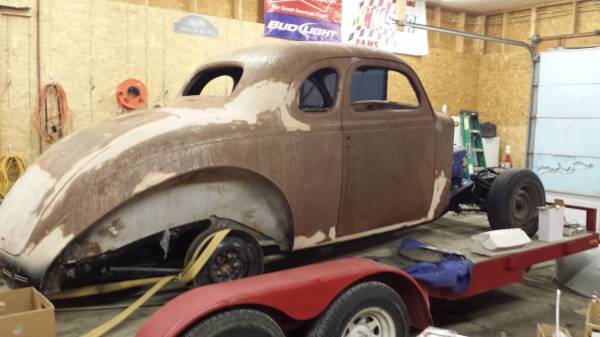Thread: 1937 Plymouth 5 Window Coupe
Results 31 to 45 of 114
Threaded View
-
03-11-2016 09:49 AM #1
1937 Plymouth 5 Window Coupe
Hello All-
Started on a new adventure this winter. I decided to build a 1937 Plymouth 5 Window Coupe. Here is what I brought home.

The first thing I did was to start researching and come up with a plan. This car already had some work completed on it. So I am following a little bit of their lead.
.Last edited by mprevo; 10-13-2017 at 12:28 PM.





 117Likes
117Likes LinkBack URL
LinkBack URL About LinkBacks
About LinkBacks
 Reply With Quote
Reply With Quote

Hated to see that news, he was a good online friend.
We Lost a Good One